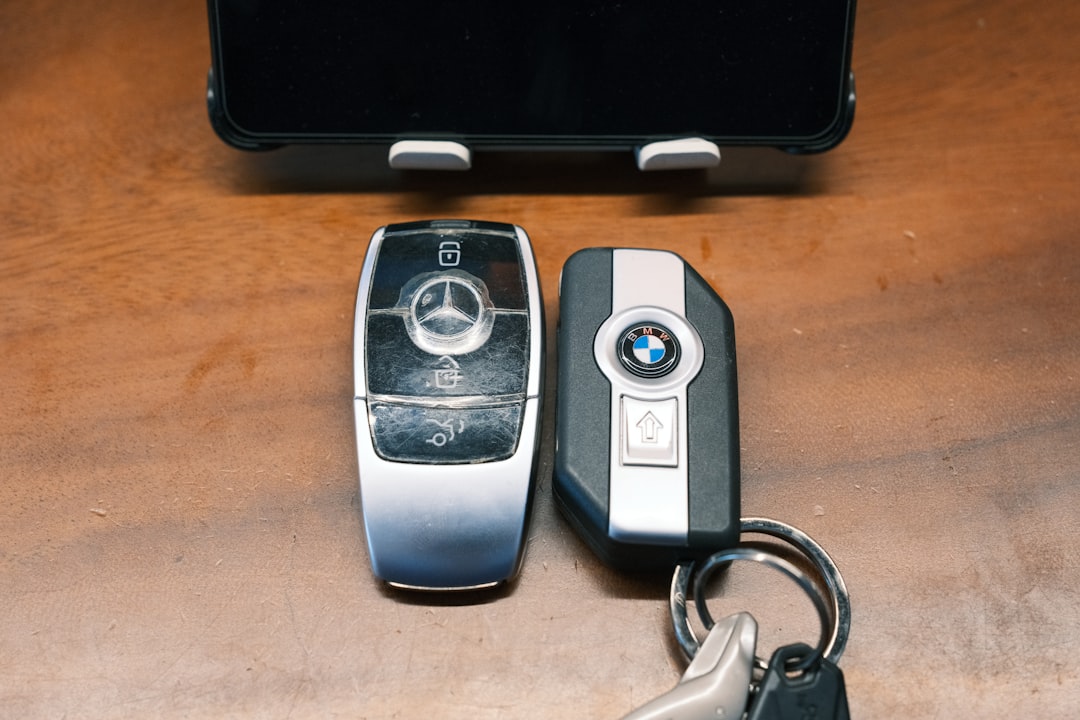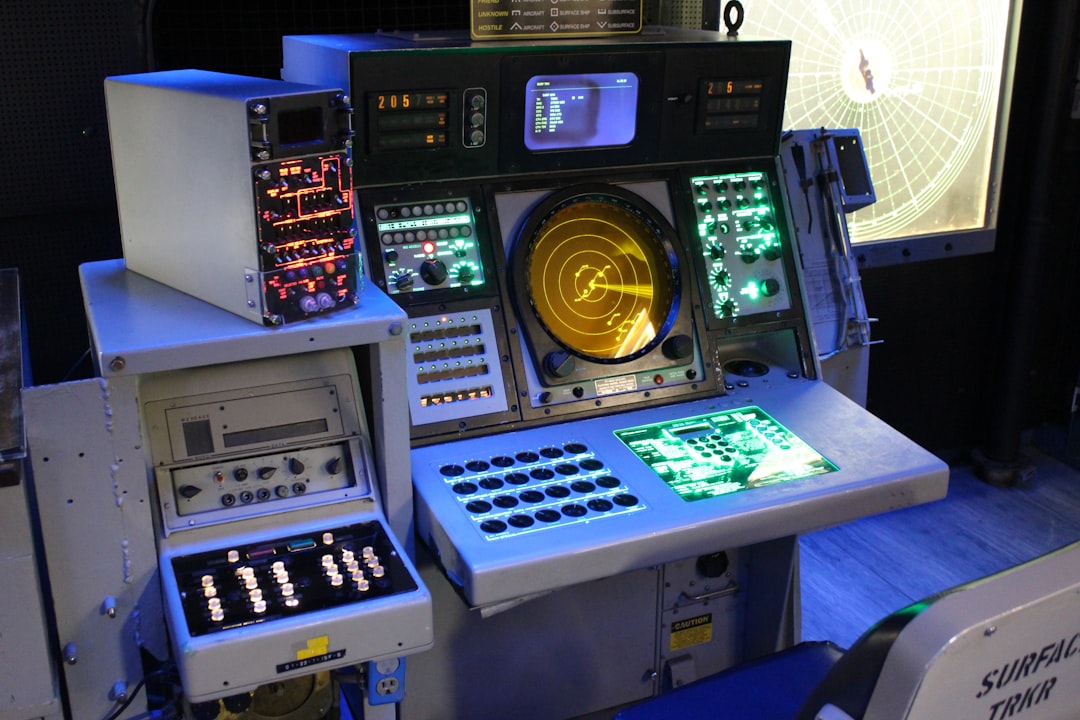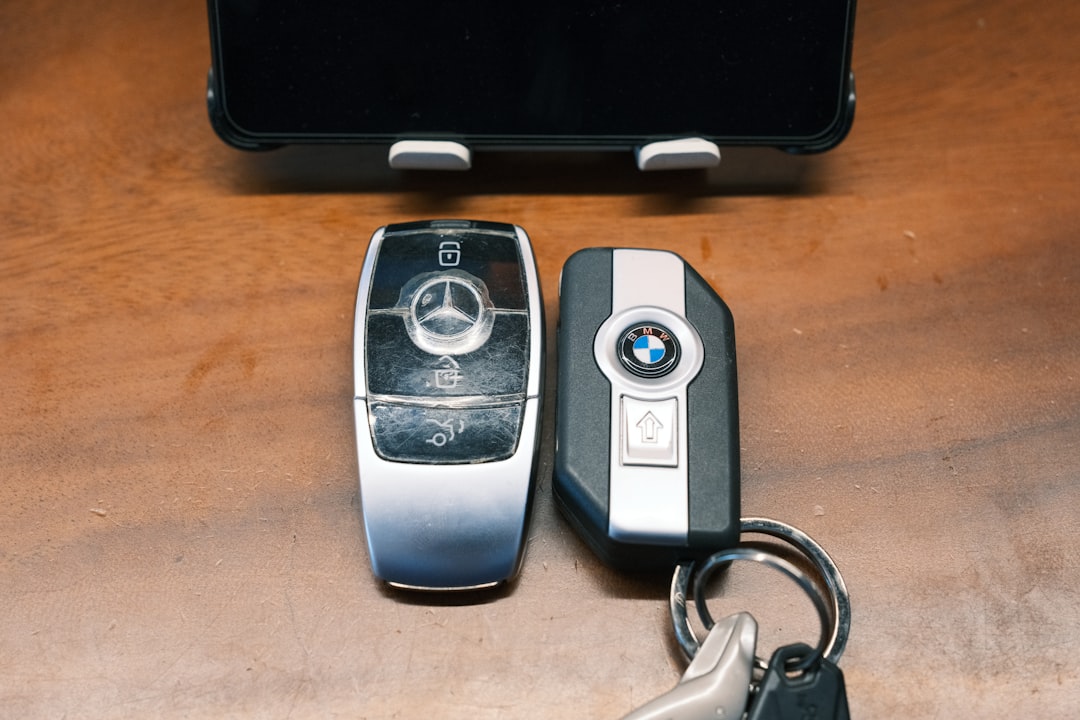If you’ve ever tried to log into your Windows 10 or Windows 11 device using biometrics only to be met with the frustrating message “We couldn’t find a fingerprint scanner compatible with Windows Hello”, you’re not alone. This error can throw a wrench in your plans for a quick and secure sign-in. Fortunately, the issue is usually fixable with a few troubleshooting steps.
Windows Hello is a useful security feature that allows users to log in using facial recognition, fingerprints, or PINs. However, it only works with devices and sensors that meet specific criteria. If your fingerprint scanner isn’t recognized or working as expected, there are several reasons that could be causing this.
Understanding the Error
This error typically occurs when Windows can’t detect a suitable fingerprint scanner or when the currently installed fingerprint sensor driver is incompatible with Windows Hello. This might be due to outdated drivers, corrupted system files, or missing settings.
Common Causes Behind the Error
Let’s break down some typical reasons for this problem:
- Outdated or incompatible fingerprint scanner driver
- Windows Hello configuration issues
- Disabled biometric device in Device Manager
- Corrupted system files affecting the recognition of biometric devices
- Registry settings blocking Windows Hello
Next, we’ll guide you step-by-step through different methods you can use to resolve the issue.
1. Check for Optional Windows Updates
Sometimes the fix is as simple as running Windows Update. Microsoft frequently releases updates that include drivers for biometric devices. Here’s how:
- Open Settings → Update & Security → Windows Update.
- Click on Check for updates.
- Install any optional or driver-specific updates available.
Once installed, restart your system and check if your fingerprint scanner is now recognized.
2. Update or Reinstall Your Biometric Driver
Dated or corrupt drivers can often be the root of the issue. To manually update or reinstall your fingerprint sensor driver:
- Press Windows + X and choose Device Manager.
- Expand the Biometric Devices section.
- Right-click your fingerprint scanner and choose Update driver.
- Choose Search automatically for drivers.
If that doesn’t work:
- Right-click the device again and choose Uninstall device.
- Restart your computer – Windows should reinstall the driver automatically.

3. Enable Biometric Support in BIOS/UEFI
In some systems, biometric devices are disabled on the firmware level. To access BIOS/UEFI settings:
- Restart your computer and enter the BIOS or UEFI settings (generally by pressing F2 or Del during boot).
- Look for Security or Integrated Peripherals tabs.
- Ensure that Biometric Devices or Fingerprint Scanner is enabled.
- Save changes and exit BIOS/UEFI.
Note: BIOS interface varies across manufacturers, so consult your laptop or motherboard documentation for specific steps.
4. Check If Windows Hello is Enabled via Group Policy
Group Policy may restrict Windows Hello functionality in corporate or enterprise environments. To check this:
- Press Windows + R, type
gpedit.msc, and hit Enter. - Navigate to:
Computer Configuration → Administrative Templates → Windows Components → Biometrics - Double-click Allow the use of biometrics and ensure it is set to Enabled.
- Also check Allow users to log on using biometrics.
If these are disabled, enable them, then restart your system.
5. Use the Hardware and Devices Troubleshooter
While Microsoft has hidden this troubleshooter from the Settings app in recent versions, you can still launch it manually:
- Open Command Prompt as Administrator.
- Type the following command and press Enter:
msdt.exe -id DeviceDiagnostic
This will launch the hardware troubleshooter. Run it and follow the prompts. If there’s any issue with your fingerprint scanner, it should be highlighted here.
6. Re-enable the Biometric Device
Sometimes the device might simply be disabled inadvertently. To check:
- Go to Device Manager again.
- Under Biometric Devices, right-click the fingerprint scanner.
- If you see an option Enable device, click on it.
After this, reboot and retest Windows Hello functionality.
7. Check System File Integrity
Corrupted Windows system files can interfere with device detection. You can use the built-in System File Checker (SFC) tool:
- Open Command Prompt as Administrator.
- Type:
sfc /scannowand hit Enter.
This may take several minutes. If there are any corrupt files, SFC will attempt to fix them automatically.

8. Reset Windows Hello Setup
Sometimes deleting Windows Hello data and reconfiguring the fingerprint setup can help:
- Go to Settings → Accounts → Sign-in options.
- Under Windows Hello Fingerprint, click Remove.
- Reboot your PC.
- Return to the same menu and click Set up to enroll your fingerprint again.
This will refresh the biometric data and may correct mismatches or configuration issues.
9. Use Third-Party Driver Utilities (With Caution)
If all else fails, a third-party utility like Driver Booster or Snappy Driver Installer can sometimes identify the correct driver for your fingerprint scanner. Always download these from trusted sources and create a system restore point before use.
Pro Tip: Check Manufacturer Support
If your fingerprint scanner came built into a laptop, check the manufacturer’s website for fingerprint sensor-specific drivers. Sometimes OEMs use special configurations, and generic Windows drivers just won’t do the job.
Also, check if your model supports Windows Hello at all. Some fingerprint sensors, especially older models, are not compatible with this newer authentication method.
Final Thoughts
Encountering the “We couldn’t find a fingerprint scanner compatible with Windows Hello” error can be annoying, but by following the steps above, you can usually solve it in no time. From simple updates to in-depth System File Checks, the remedy often lies in identifying which part of the chain is broken — whether it’s hardware, software, or configuration.
Windows Hello offers a secure and convenient way to log into your system, and maintaining your drivers and system settings pays off in long-term reliability. If after exhausting all methods your fingerprint scanner remains unrecognized, it may be worth considering an external fingerprint scanner known to be compatible with Windows Hello.
And remember: always keep backups of your essential data and create restore points when applying major changes to system settings. Here’s to hassle-free biometric logins!

